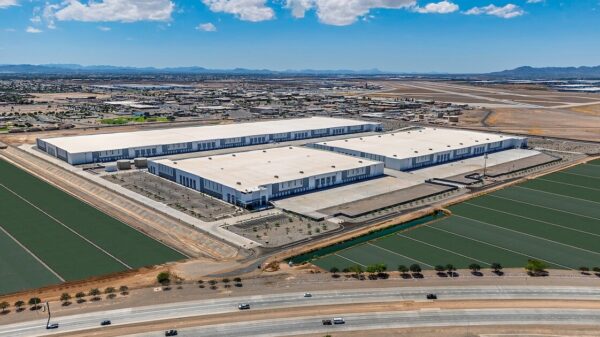Key economic indicators in the United States displayed strong gains as the nation approached the Labor Day weekend. Significant decreases in fuel prices, travel costs, and mortgage rates contributed to an optimistic outlook, supported by rising stock market values and impressive GDP growth.
Gas Prices Hit Five-Year Low
As holiday travelers prepare for the long weekend, they are benefiting from the lowest Labor Day gas prices in at least five years. Federal officials attribute this decrease to expanded domestic energy production and recent policy changes aimed at increasing U.S. output. The drop in gas prices forms part of broader initiatives to stabilize consumer energy costs following years of elevated fuel prices.
Travel Costs Continue to Ease
Consumers are also experiencing relief in the travel sector, with significant reductions in transportation and lodging expenses. Recent data indicates that domestic airfares have fallen by 6% compared to last year, marking a five-year low. Hotel rates have decreased by approximately 11%, while car rental costs have seen a decline of about 3%. Analysts attribute these reductions to stabilizing demand and increased competition within the travel industry.
In the housing market, the average 30-year fixed mortgage rate has dropped to its lowest level in ten months. According to Freddie Mac, lower rates and solid economic growth are driving this decline. This shift comes as part of ongoing efforts to enhance housing affordability and improve access to homeownership after a period of rising costs.
Stock Market Reaches New Heights
Equity markets are experiencing a robust rally, with both the Dow Jones Industrial Average and the S&P 500 hitting new record highs. The S&P 500 is on track for its fourth consecutive monthly gain, fueled by strong corporate earnings and renewed investor confidence following the implementation of the One Big Beautiful Bill. This significant economic policy package aims to spur growth and investment across various sectors.
The second quarter of 2023 saw the U.S. gross domestic product (GDP) revised upward to an annualized 3.3%, exceeding many economists’ forecasts. This report highlights rising consumer spending, increased business investment, and stable inflation levels that align with the Federal Reserve‘s target range. Economists view these factors as evidence of sustained economic resilience as the country moves into the second half of the year.
Overall, the latest economic figures reflect broad-based strength, with falling consumer costs, robust financial markets, and stronger-than-expected growth contributing to a positive outlook heading into the latter months of 2023.
For comprehensive updates on economic developments and other news, follow MyChesCo on Google News and MSN.





































































